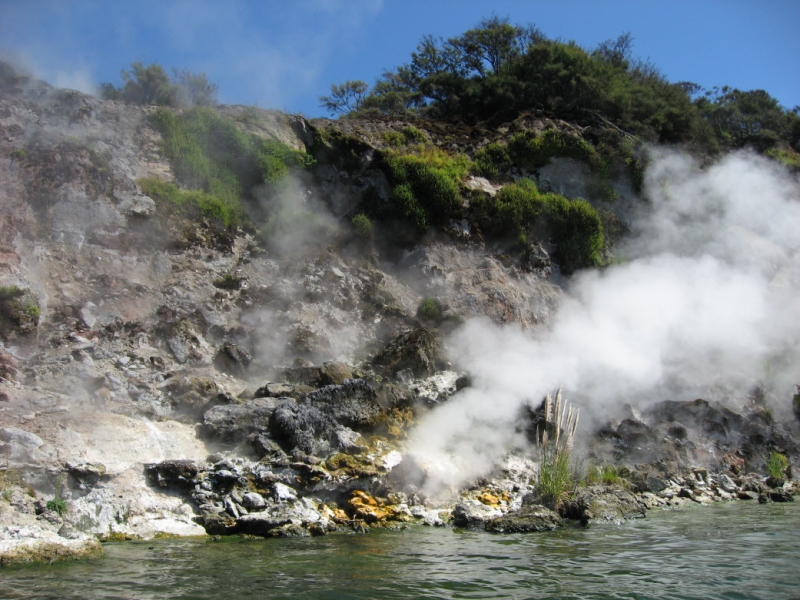A NIWA study has shown that environmental factors influence the level of mercury in fish and other organisms in lakes in New Zealand's North Island geothermal area.
Mercury consumed through trout and other aquatic food can pose a risk to human health. Lakes in New Zealand’s geothermal regions have naturally high levels of mercury and eating fish from them is subject to official health warnings.
Previously it was not fully understood why mercury levels in organisms vary between the different lakes that receive geothermal water, which include lakes Rotorua, Rotomahana and Tarawera.
This study has found that factors such as differences in biomagnification and trophic states of lakes can impact mercury levels found in fish and other organisms that are consumed by humans.
Biomagnification is the process whereby mercury levels are higher in organisms that are higher in the food-web, such as lake trout.
Read the full research paper on Science Direct [paywall]
Read the research summary on the Lake Science website
Related information
Study shows small risk to people’s health from eating wild kai - NIWA news
Mercury in fish – food guidelines from the Ministry for Primary Industries

